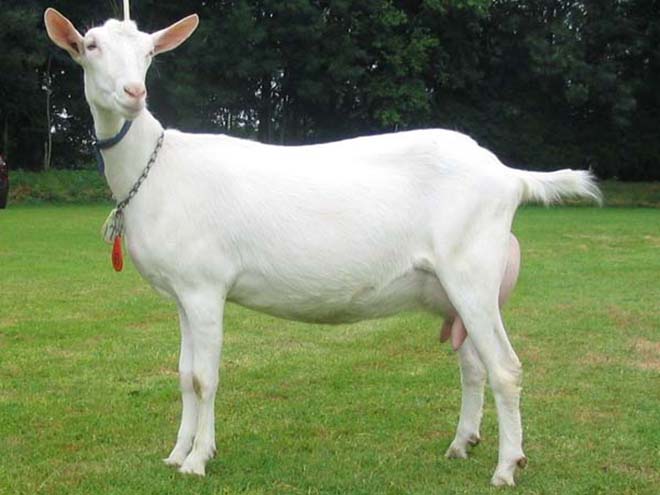Agriculture provides employment for over 40 percent of the population and contributes nearly a third of GDP. Some 75 percent of Moldovan territory is fertile Chernozem (black earth) and agricultural products account for 75 percent of all exports. Twenty-one percent of Moldovan agricultural land was held as individual farms, 61 percent as cooperative farms, and 18 percent by state-owned farms in 1999; in all, 85,000 private farmers were operating throughout the country. Privatization of former cooperative farms has been slow (al-most nonexistent in Transnistria) and the land market has been small, not least because foreigners are not allowed to purchase land. Farm consolidation is taking root as approximately 10,000 larger farms were formed in 1998 and 1999.
Cereals, sunflowers, sugar beets, potatoes, vegetables, tobacco, fruits, and grapes are grown, but plantings of capital-intensive crops—tobacco and vegetables— have declined due to the loss of markets and limited domestic consumption. The number of livestock decreased considerably over the 1990s due to high costs and low demand. The agricultural sector has been affected over the 1990s by droughts, frosts, floods, and shortage of materials, machines, and fertilizers once supplied by the USSR. More intensive farming techniques have lowered productivity by 35 percent. The sector still receives subsidies and tax incentives, but recent command measures (such as the attempt to ban wheat exports) continue to repel potential investors.



